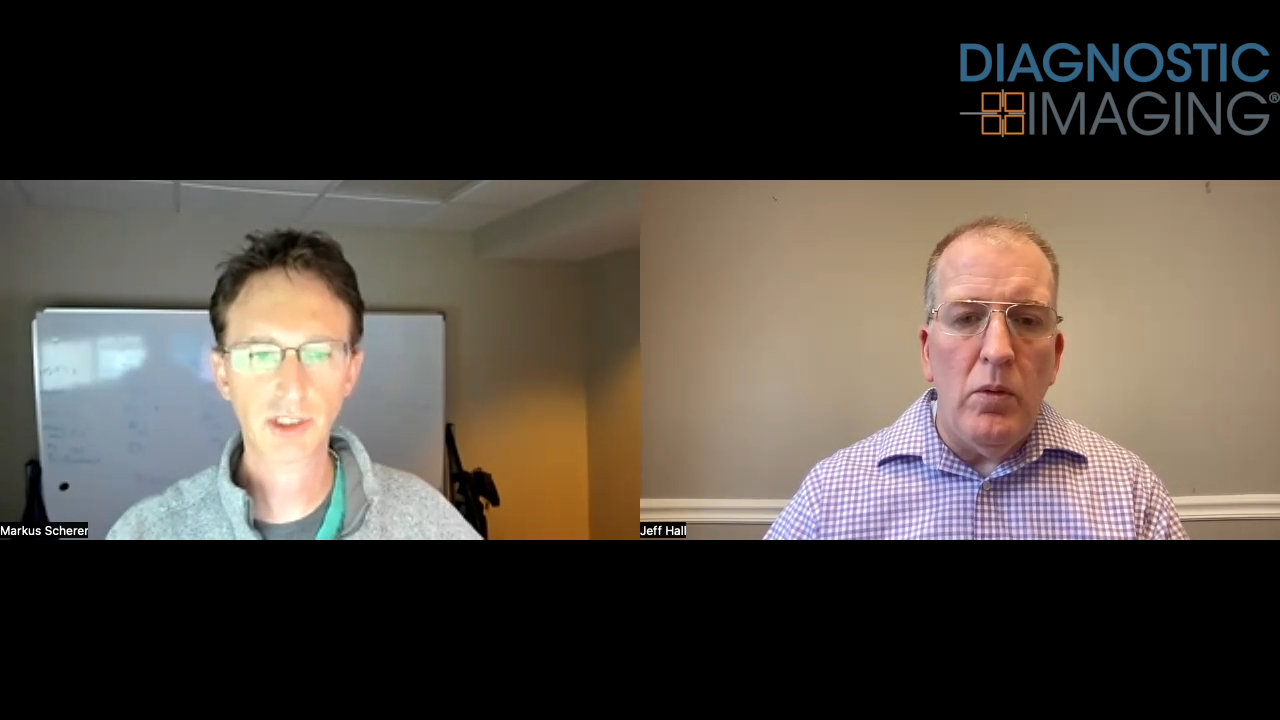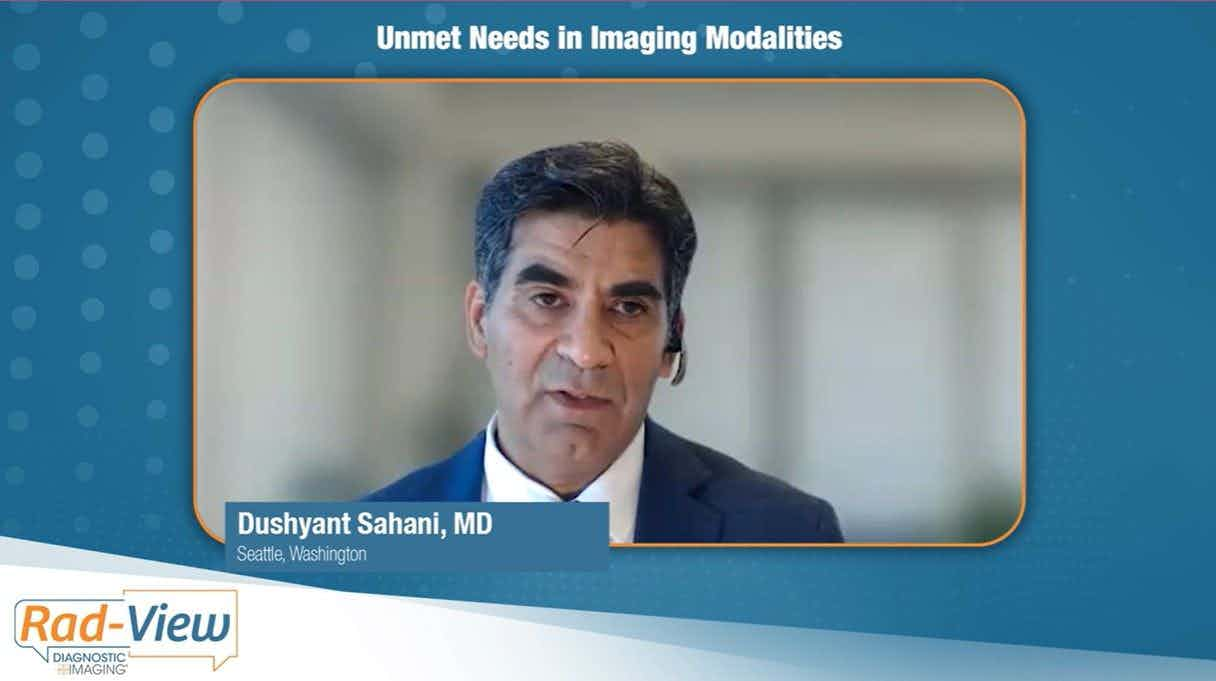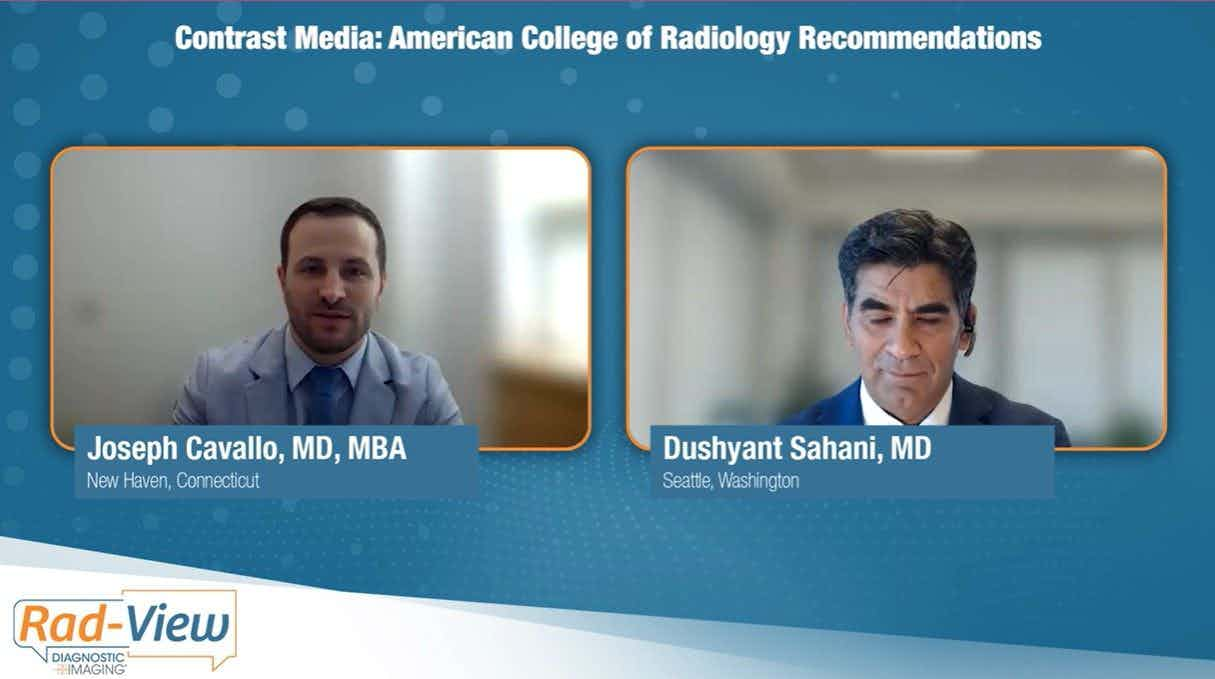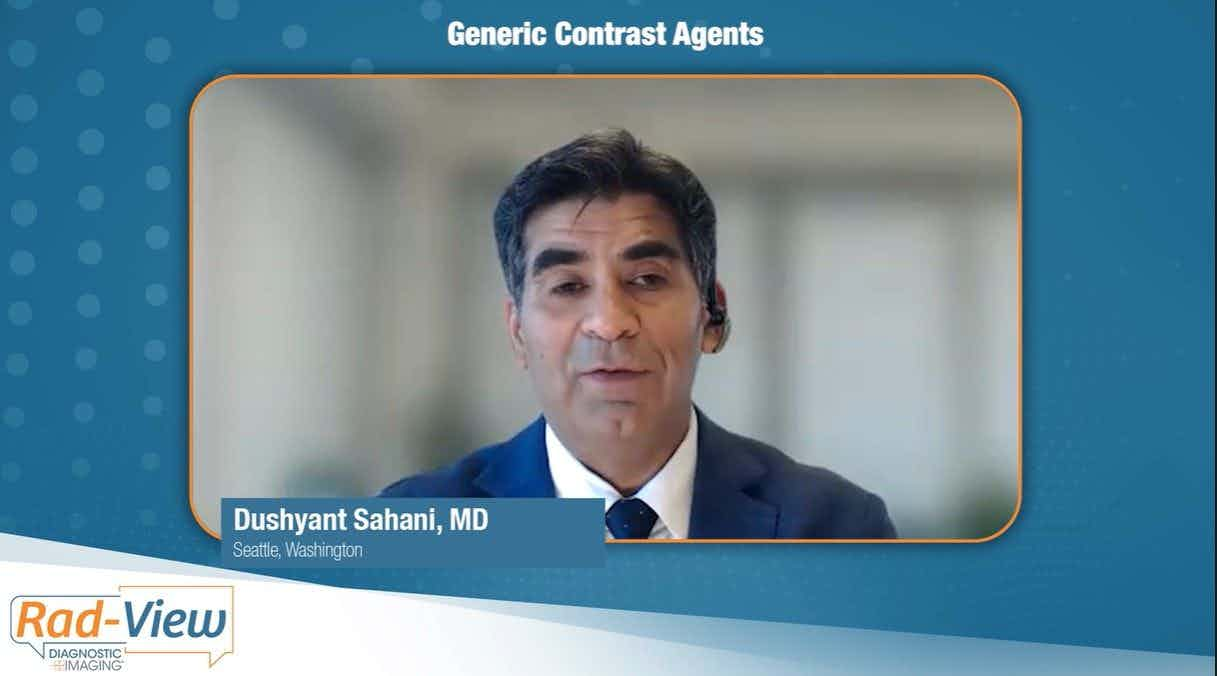Singapore Radiological Society holds its 19th Annual Scientific Meeting
The 19th Annual Scientific Meeting of the Singapore Radiological Society was jointly organized with the College of Radiologists, Singapore, from Feb. 25 through 28. I have attended this meeting the past three years as it gives me ample opportunity to interact with my colleagues and feel the pulse of radiology in and around the region. Each year, the focus is on a hot topic, and this year’s topic was nuclear medicine and molecular imaging.
The 19th Annual Scientific Meeting of the Singapore Radiological Society was jointly organized with the College of Radiologists, Singapore, from Feb. 25 through 28. I have attended this meeting the past three years as it gives me ample opportunity to interact with my colleagues and feel the pulse of radiology in and around the region. Each year, the focus is on a hot topic, and this year’s topic was nuclear medicine and molecular imaging.
The coordination between the organizers and the management team was commendable, complete with excellent hospitality arrangements for both local and international speakers.
There was enough seating in the fairly capacious auditorium for the didactic lectures and scientific presentations. Parallel track sessions for radiographers and nursing staff were a unique feature of this meeting. I was told that there were around 400 participants, which included radiologists, trainees, radiographers, and nursing staff. Although the majority of the participants were from Singapore and Malaysia, I was pleasantly surprised to see posters put up by radiologists from India, Pakistan, Indonesia, Japan, Colombia, Bulgaria, and even Azerbaijan! Lectures by renowned international speakers from Canada, the U.S., Germany, Australia, and Japan were savored by the audience.
The scientific sessions and didactic lectures were structured mainly by organ system and were spread over the four days to maintain the interest of the audience. Day one of this meeting was dedicated to nuclear medicine and molecular imaging. Days two through four featured two-hour sessions that covered radiological, nuclear medicine, and management (radiological intervention and radiotherapy) issues in cardiac, head and neck, musculoskeletal, body, and breast.
Time was allocated for a question session at the end of each topic and quite often the residents and others in the audience were keen on lively interactions with the speakers. This was a striking difference between this meeting and the larger conferences, which seem to be a bit impersonal and rushed. The “big men” of radiology had enough time to informally discuss issues answer attendees’ pressing queries.
Arrangements for lunches and refreshments were made onsite with cleverly tailored meals to assist the participants to stay awake during afternoon sessions!
All in all, I felt I learned a lot over the four days and will be able to apply all that knowledge in my routine radiology practice.
Dr. Hegde is an associate consultant radiologist at Singapore General Hospital in Singapore.
Study with CT Data Suggests Women with PE Have More Than Triple the One-Year Mortality Rate than Men
April 3rd 2025After a multivariable assessment including age and comorbidities, women with pulmonary embolism (PE) had a 48 percent higher risk of one-year mortality than men with PE, according to a new study involving over 33,000 patients.
The Reading Room: Racial and Ethnic Minorities, Cancer Screenings, and COVID-19
November 3rd 2020In this podcast episode, Dr. Shalom Kalnicki, from Montefiore and Albert Einstein College of Medicine, discusses the disparities minority patients face with cancer screenings and what can be done to increase access during the pandemic.
Predicting Diabetes on CT Scans: What New Research Reveals with Pancreatic Imaging Biomarkers
March 25th 2025Attenuation-based biomarkers on computed tomography (CT) scans demonstrated a 93 percent interclass correlation coefficient (ICC) agreement across three pancreatic segmentation algorithms for predicting diabetes, according to a study involving over 9,700 patients.
Can Photon-Counting CT be an Alternative to MRI for Assessing Liver Fat Fraction?
March 21st 2025Photon-counting CT fat fraction evaluation offered a maximum sensitivity of 81 percent for detecting steatosis and had a 91 percent ICC agreement with MRI proton density fat fraction assessment, according to new prospective research.










